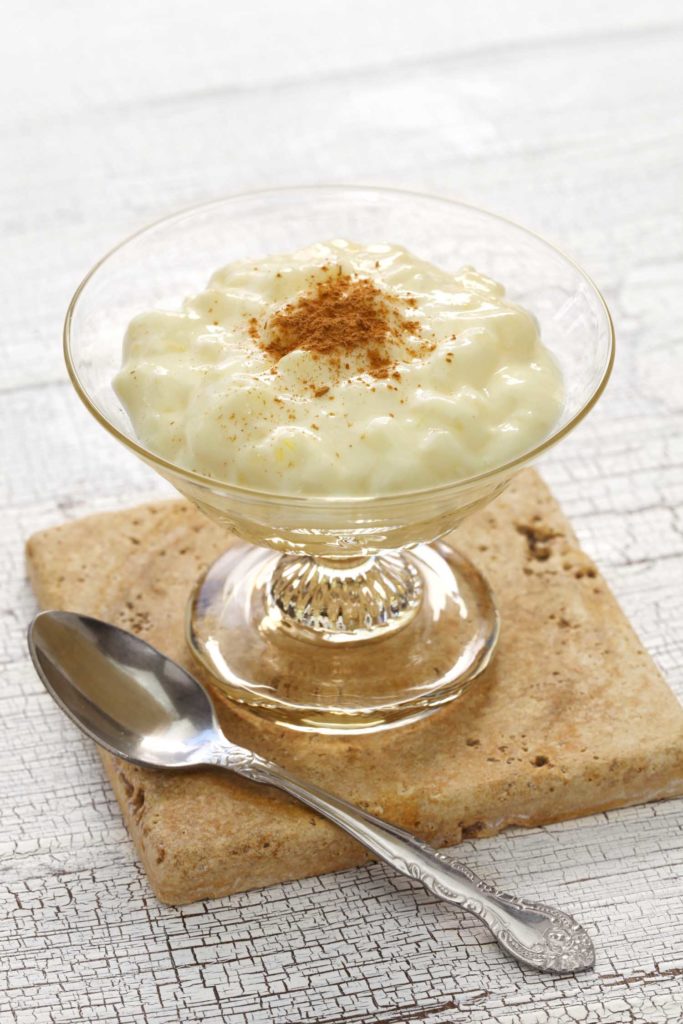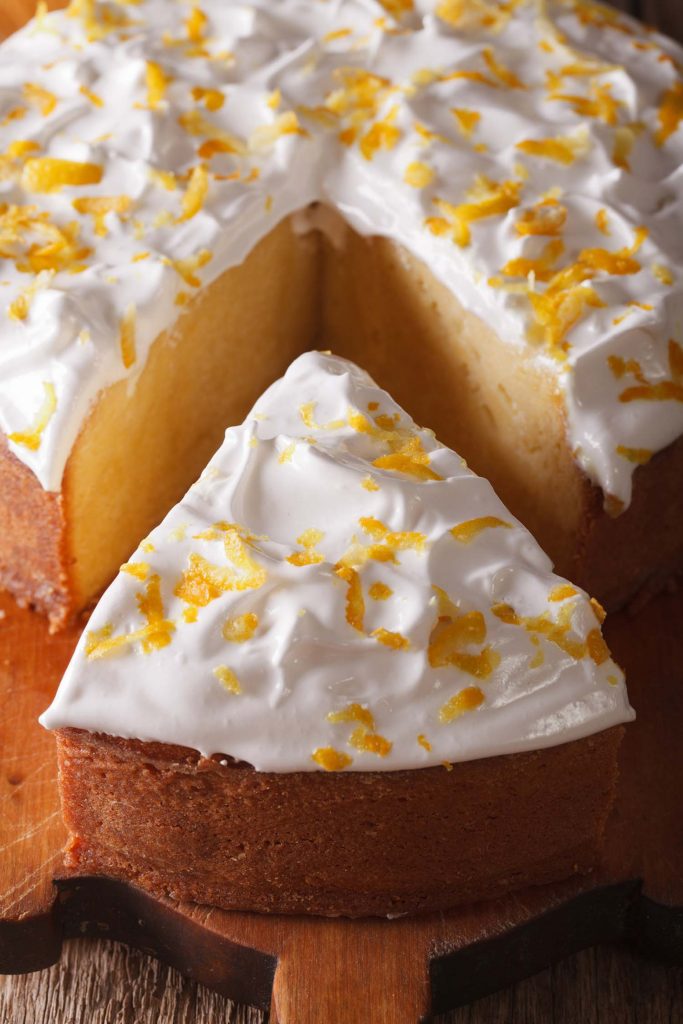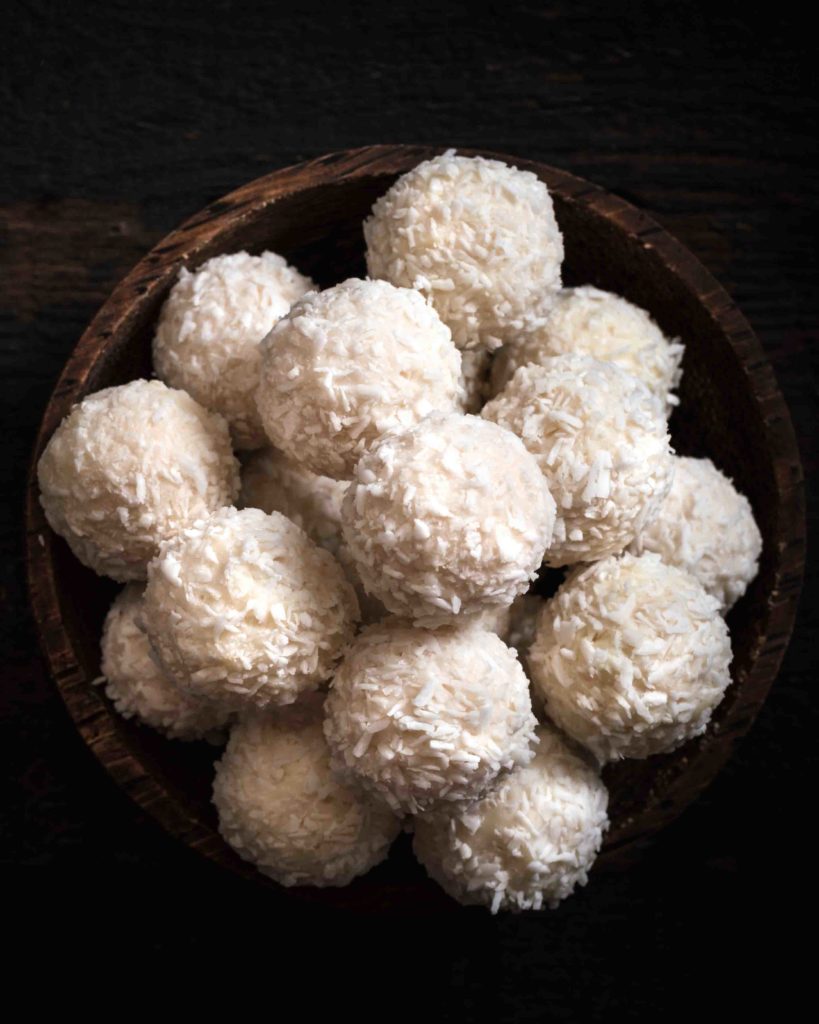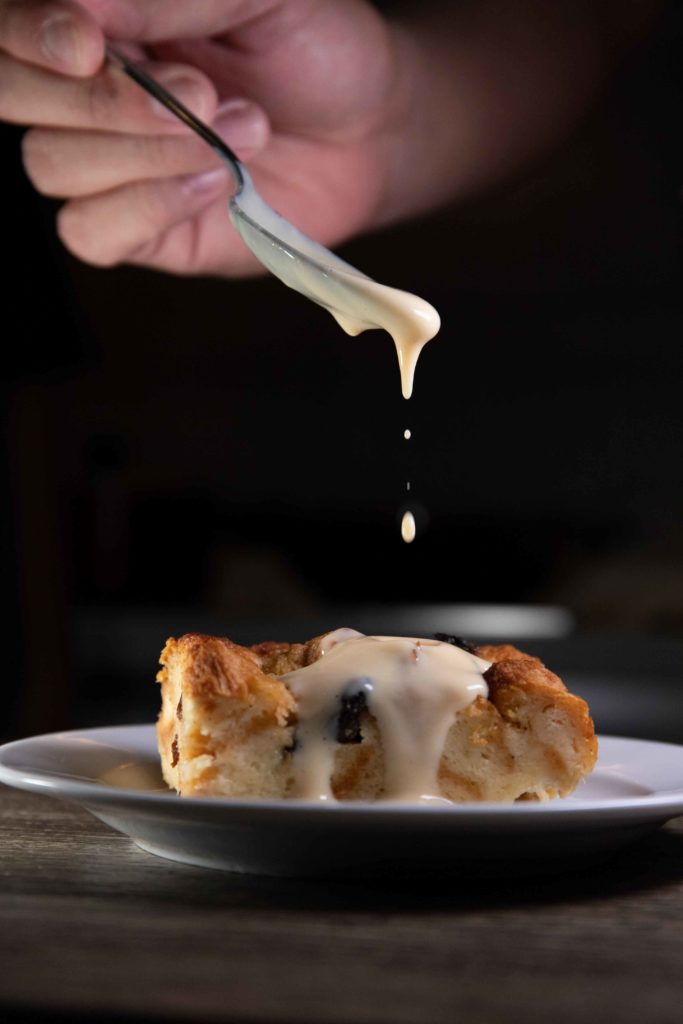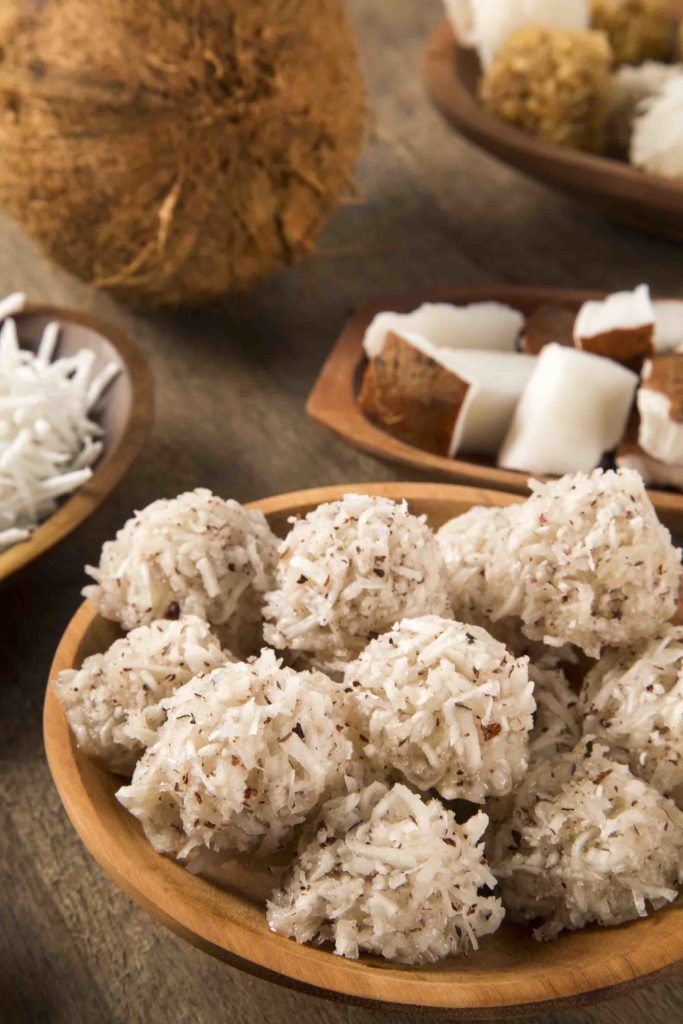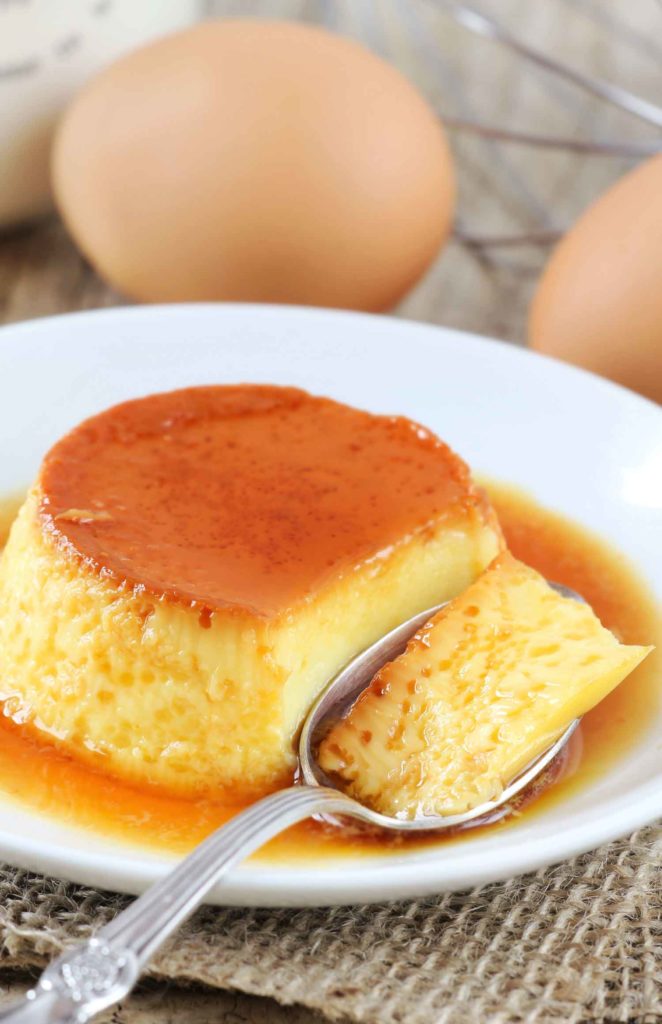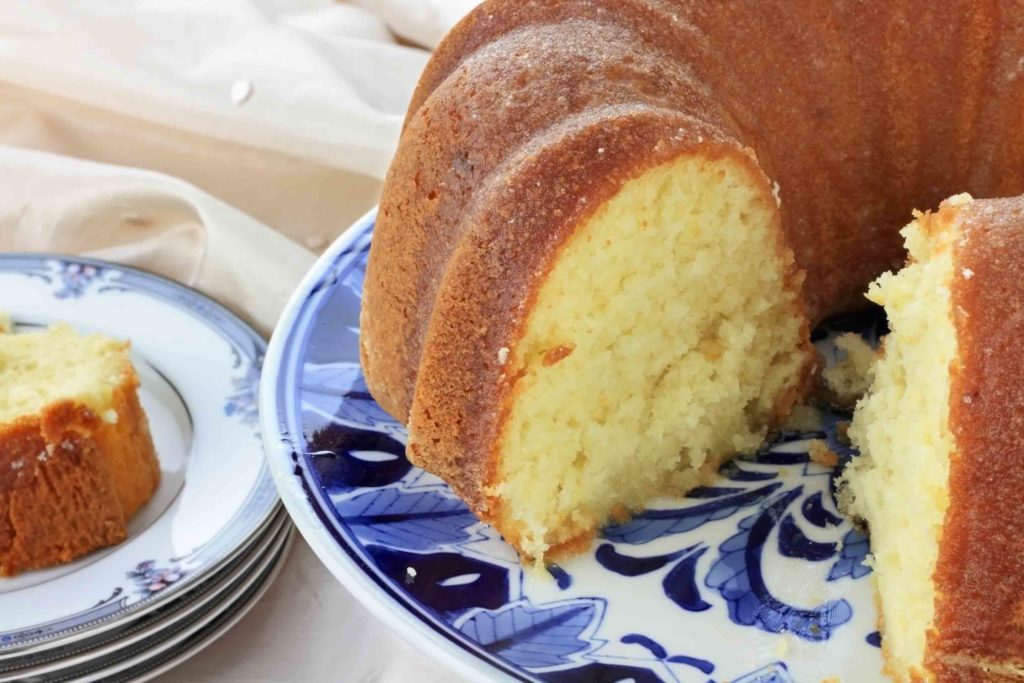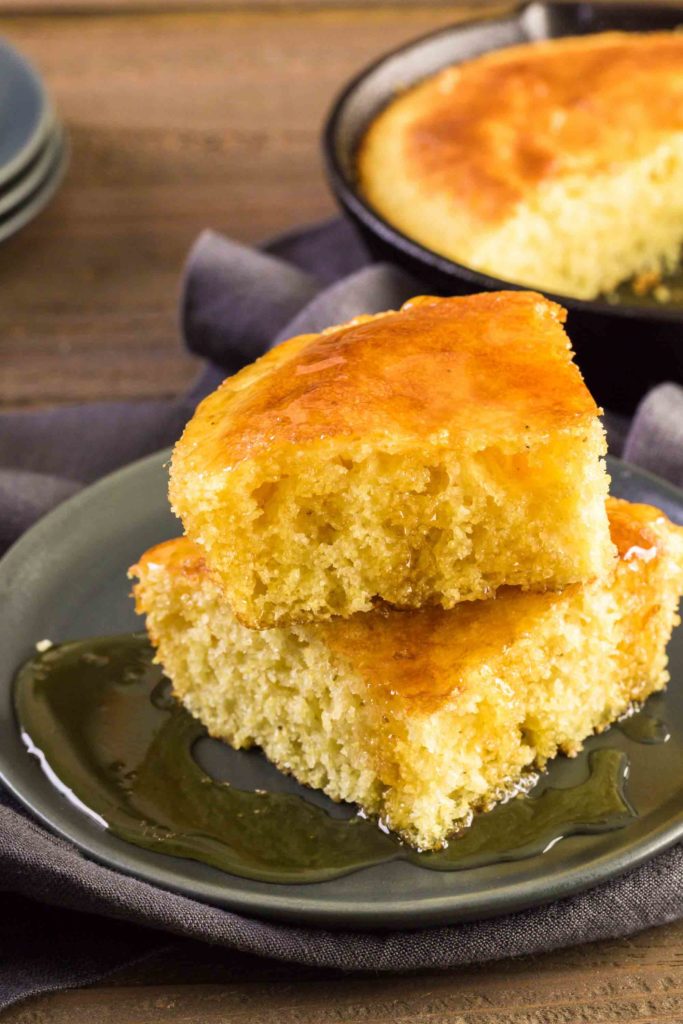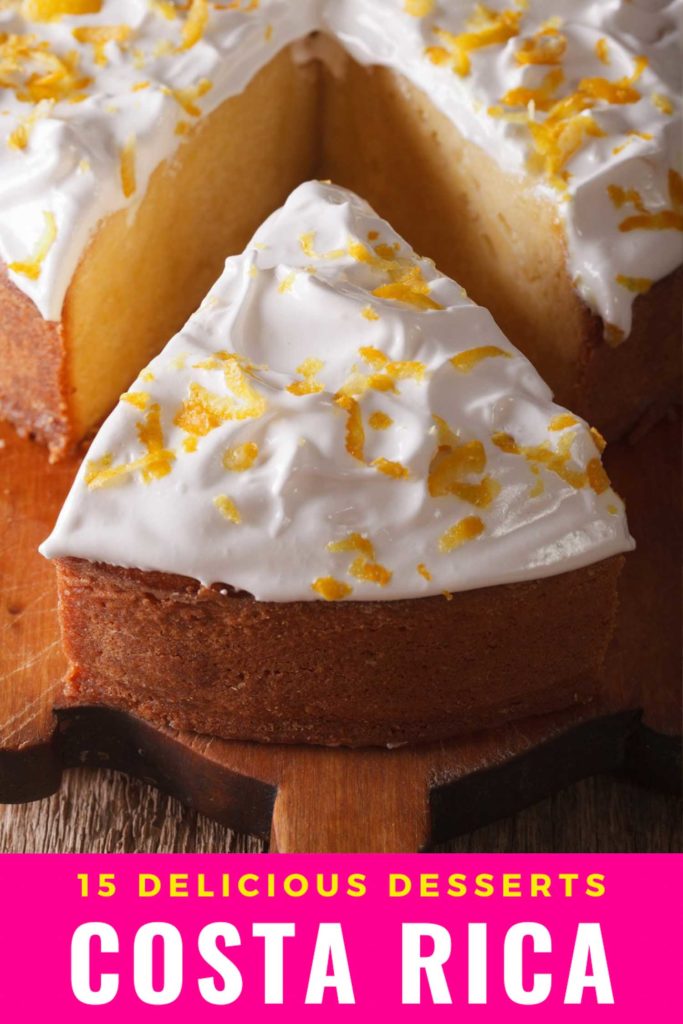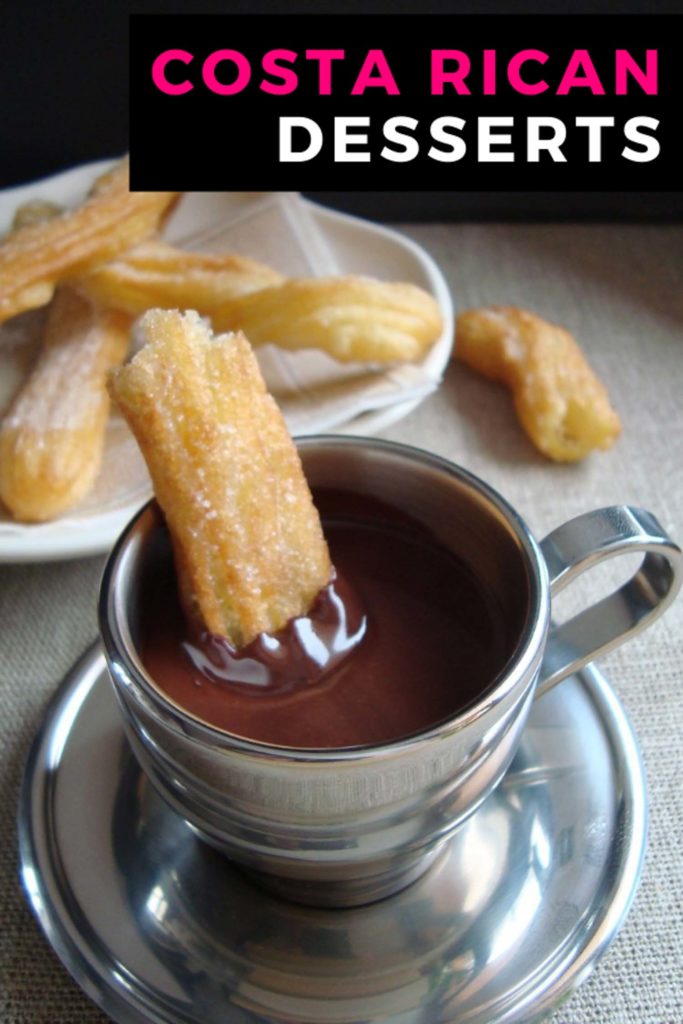These desserts in Costa Rica will make you want to jump on a flight to Costa Rica.
Costa Rica is a beautiful country with incredible landscapes and a commitment to the environment that is unrivalled.
However, both times I visited I really struggled with the food. Not because I couldn’t find things I recognized, but quite the opposite.
I wanted to eat traditional Costa Rican food and it’s becoming quickly replaced with vegan, gluten free cafes, ironic t-shirt shops and yoga studios.
You can find it if you look hard enough. And thankfully one of the survivors of this foreign invasion are Costa Rican bakeries and patisseries.
While the restaurants are gone, the sweets remain.
And I am so thankful for that.
Cocina Costarricense Recipes
You’ll see than many of the Costa Rican desserts I mention are found throughout Latin America and some originated in Spain.
However, recipes evolve not only to adapt to local taste, availability of ingredients and each household often has their own secrets.
So if you try a Costa Rican dessert in one region, don’t hesitate to try it elsewhere. Because food in the South is often different from the North.
That is the beauty of food. It represents culture.
Can’t Miss Desserts in Costa Rica
Arroz con Leche
Costa Rican cuisine combines influences from Africa, native America and Spain.
It’s not surprising that one of the most popular desserts in Costa Rica originates from Spain, arroz con leche.
Literally meaning rice with milk, this dessert has been enjoyed for centuries because it is easy to make and hearty enough to be considered a snack or meal.
It is found throughout Latin America and is one of the most popular Honduran desserts.
The Costa Rican version of arroz con leche sticks to the basics with rice, milk, water and cinnamon sticks.
Everyone has their own recipe and some locals add cloves and nutmeg to give this hearty Costa Rican dessert its own unique twist.
El Churchill
It’s hard to miss the colorful “Churchill” signs of vendors in Paseo de Los Turistas in Costa Rica.
But they’re not talking about the former Prime Minister of England.
El Churchill is one of those quintessential desserts in Costa Rica, especially in Puntaneras where it originated.
This snow cone dessert is made with ice, condensed milk, syrup and powdered milk, and topped with vanilla ice cream.
Legend has it that a local storekeeper in the 1940s named Joaquin Aguilar Ezquivel or “Quinico” wanted to eat something sweet and cold to beat the humid Puntaneras weather. But there was no ice cream available in the area.
So he purchased ice, milk and syrup to combine them together for a dessert.
Since then, his concoction became a very popular not only in Puntaneras but also in all of Costa Rica.
And since he looked like the Prime Minister, the locals decided to name his creation “El Churchill.”
Tres Leches
It is called Costa Rica’s national dessert for a reason. Although the tres leches cake didn’t originate in the country, it has been one of the most eaten Costa Rican desserts for centuries.
The tres leches cake got its name because it is made with three milks: evaporated, cream, and condensed making it extra sweet and decadent than your usual cake.
The sponge cake that sits on a bed of condensed milk is also soaked with evaporated milk to keep it moist. In Costa Rica, the tres leches cake is usually topped with Chantilly cream and fresh fruits, and eaten after lunch.
Melcochas de Natilla
Melcochas de natilla is such a strong part of Costa Rican culture that locals celebrate an annual festival dedicated to these sour cream candies.
Originating in the town of San Ramon, melcocha is made with only two ingredients, the Costa Rican natilla or sour cream and white sugar.
It takes a lot of craftsmanship to form this candy before the mixture gets tough and La Paz de San Ramon makes the best melcochas de natilla in all of Costa Rica.
Every 7th of December on the eve of the feat of the Immaculate Conception of Mary, San Ramon celebrates the festival of the Melcochas de Maria in honor of the mother Mary and one of the most popular Costa Rica desserts.
Bolitas de Coco
If you’re looking for a dessert in Costa Rica that won’t leave you guilty after, you need to try bolitas de coco.
These small but decadent coconut balls are a favorite among locals that it’s not uncommon for households to have them ready in the fridge to serve after meals or as a snack.
They’re also very easy to make and uses only two main ingredients, Galletas Maria or the Marie biscuit and condensed milk.
Some also add butter to the mixture and these balls are rolled on shredded coconut, thus the name bolitas de coco.
Considered as one of the bestselling desserts to eat in Costa Rica, bolitas de coco is available in local food stalls, pastry shops and even some restaurants in the country.
Budin
Every country has its own version of a bread pudding and Costa Rica takes pride in its own budin or Costa Rican bread pudding.
In fact, no special occasion in the country would be complete without this pudding on the table. This is especially true during Christmas when budin is a staple.
Budin was born out of the need to save old bread, which is its main ingredient. The traditional Costa Rican recipe includes cow’s milk, coconut milk, nutmeg, raisins, cinnamon, brown sugar, eggs, butter and salt.
Locals usually drizzle the pudding with a little rum or brandy while it’s cooling down and it is traditionally topped with whipped cream or rum sauce.
Budin is sweet enough to pass as a dessert yet filling enough to be considered a snack.
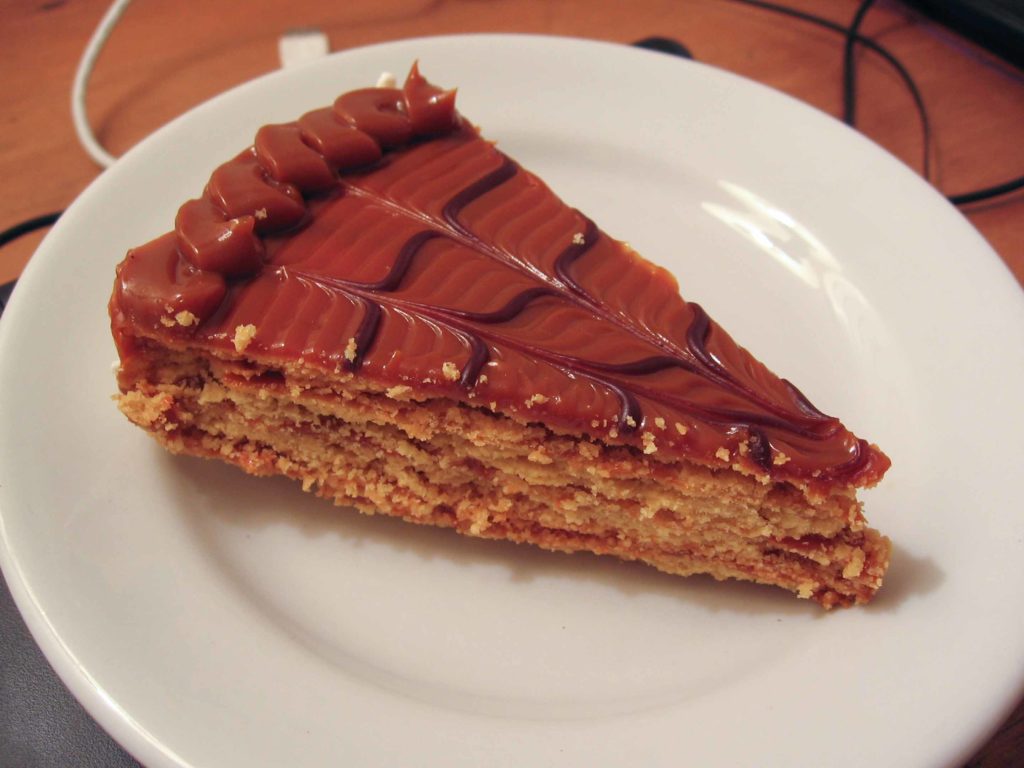
Torta Chilena
Torta chilena is Costa Rica’s take on Chile’s thousand-layer cake and the French’s mille-feuille cake.
But unlike its counterparts, torta chilena is traditionally filled with dulce de leche giving it a distinct Latin American taste.
Considered as one of most popular Costa Rican desserts, torta chilena is made with eight beautiful layers of crispy crepe. Each filled with dulce de leche and topped with powdered sugar.
Locals have a unique way of making this filling by cooking unopened cans of condensed milk in boiling water for at least 2 hours.
Torta chilena is available in most pastry shops and restaurants in Costa Rica so you can enjoy it all year-round.
Cono Capuchino
It may sound like a coffee-based dessert, but cono capuchino is anything but.
Costa Ricans love their chocolate, especially since the country has several cacao plantations producing some of the best beans for chocolate making.
Cono capuchino highlights the country’s chocolate product where it is simply a sugar cone filled with ice cream and topped with a generous amount of chocolate.
Cajetas de Coco
Cajetas de coco is almost similar to bolitas de coco with the absence of the Marie biscuits.
This traditional Costa Rican dessert is made with just butter and condensed milk, and rolled in grated coconut for added texture.
Also called coconut fudge, cajetas de coco are especially made for children to enjoy on rainy afternoons when they can’t go out to play.
Local food vendors sell these small butter balls all over Costa Rica and you can also make your own back home with just three ingredients.
Flan de Coco
Some say flan originated in Rome, others say it existed long before that.
But in Spain sweet caramel sauce was added andflan landed in Latin America where it was given a unique twist with the addition of coconut milk.
Flan de coco is a favorite among many Costa Rica desserts. It is sweet, velvety and so delicate that it almost melts in your mouth.
The Costa Rican flan is made with coconut milk, condensed milk and vanilla extract.
It is also traditionally topped with chocolate shavings, whipped cream, fresh fruits or all of them.
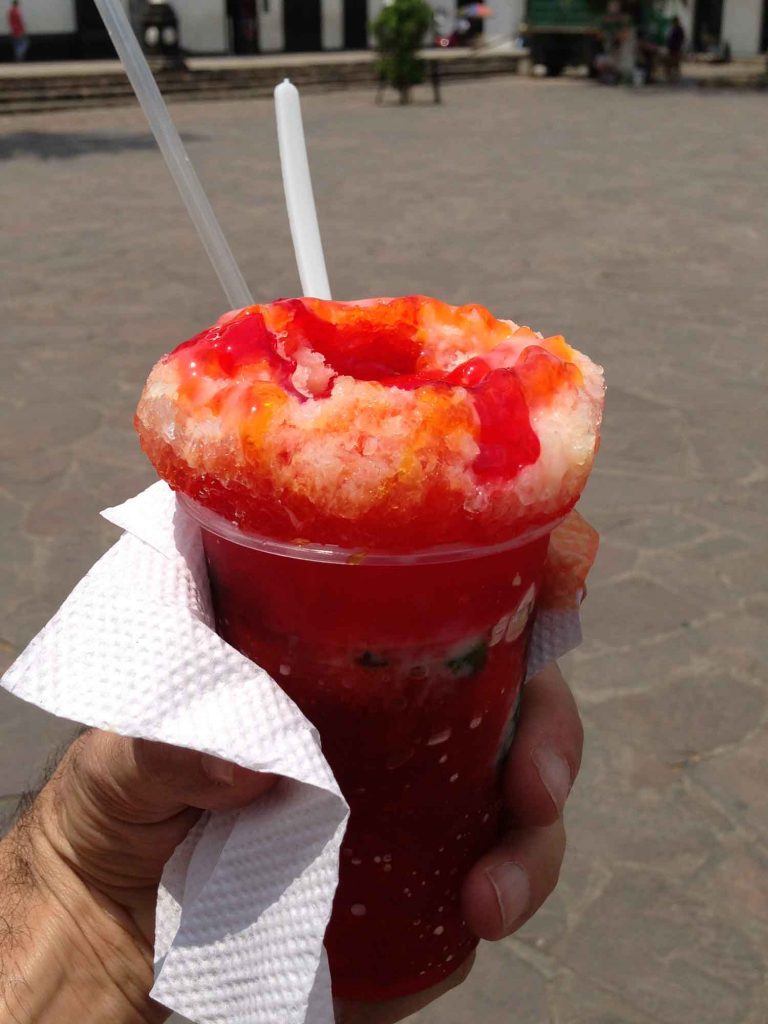
Granizados
It’s no secret that Costa Ricans have a love affair with condensed milk and it’s evident with its desserts.
Granizados is essentially similar with El Churchill, but it’s not topped with vanilla ice cream.
Also called copo, this Costa Rican dessert is composed of shaved ice drizzled with a generous amount of condensed milk and red syrup, and you can find it near the beaches of Costa Rica.
It’s found in many Latin American countries and is a common Panama food, but known as raspado.
Mazamorra
There are different versions of mazamorra all over Latin America and the Iberian Peninsula, but they all have one thing in common: corn.
The Costa Rican version of the mazamorra is made with yellow corn cooked in milk, vanilla, corn starch and clove, and served as a traditional dessert.
It’s also one of the most common Peruvian desserts, where they use classic purple corn.
And elsewhere in South American it’s not a dessert but one of the popular street vendor drinks in Colombia.
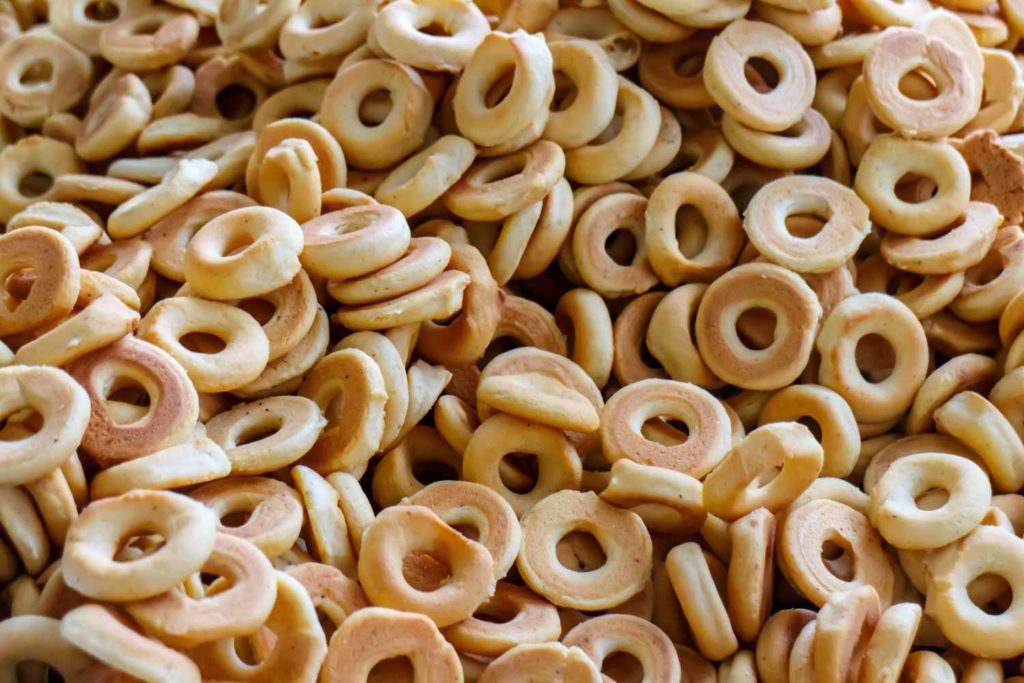
Rosquillas
Originating from Spain, rosquillas are basically deep-fried doughnuts. They arelight, airy and fluffy on the inside.
But in Costa Rica, rosquillas is considered one of the most popular Costa Rica desserts.
It’s made with traditional masa de maiz or corn flour and finely grated manchego or cheddar cheese.
Also called rosquillas de quezo, this traditional Costa Rican dessert, snack and street food is easy to find around the country, especially during the Holy Week season.
Queque Seco
A staple during the Easter week celebrations, queque seco is Costa Rica’s take on the classic pound cake. But it’s a lot lighter than the usual dense cake that we know.
The recipe for the traditional queque seco has been passed on for generations.
Aside from the staple pound cake ingredients of flour, butter, sugar and eggs, Costa Ricans also add lemon or orange juice, rum and raisins to make the queque seco more decadent than it already is.
You will find the queque seco in almost every table during Easter week.
During this time Central Americans consume more honey-based sweets than any other time of the year.
One of the most common Latin American pastries, this Costa Rican cake in most pastry shops in the country.
Pan de Maiz
Pan de maiz, or cornbread, is a staple in most Latin American countries including Costa Rica.
It is sometimes called pastel de elote and is considered as one of the classic snacks or desserts in Costa Rica. This sweet corn bread is made with fresh corn kernels, milk, flour, baking soda, cinnamon, butter and salt.
It is also added with tapa dulce that serves as its sweetener.
It’s easy to find pan de maiz in most bakeshops, supermarkets and food stalls around the country.
